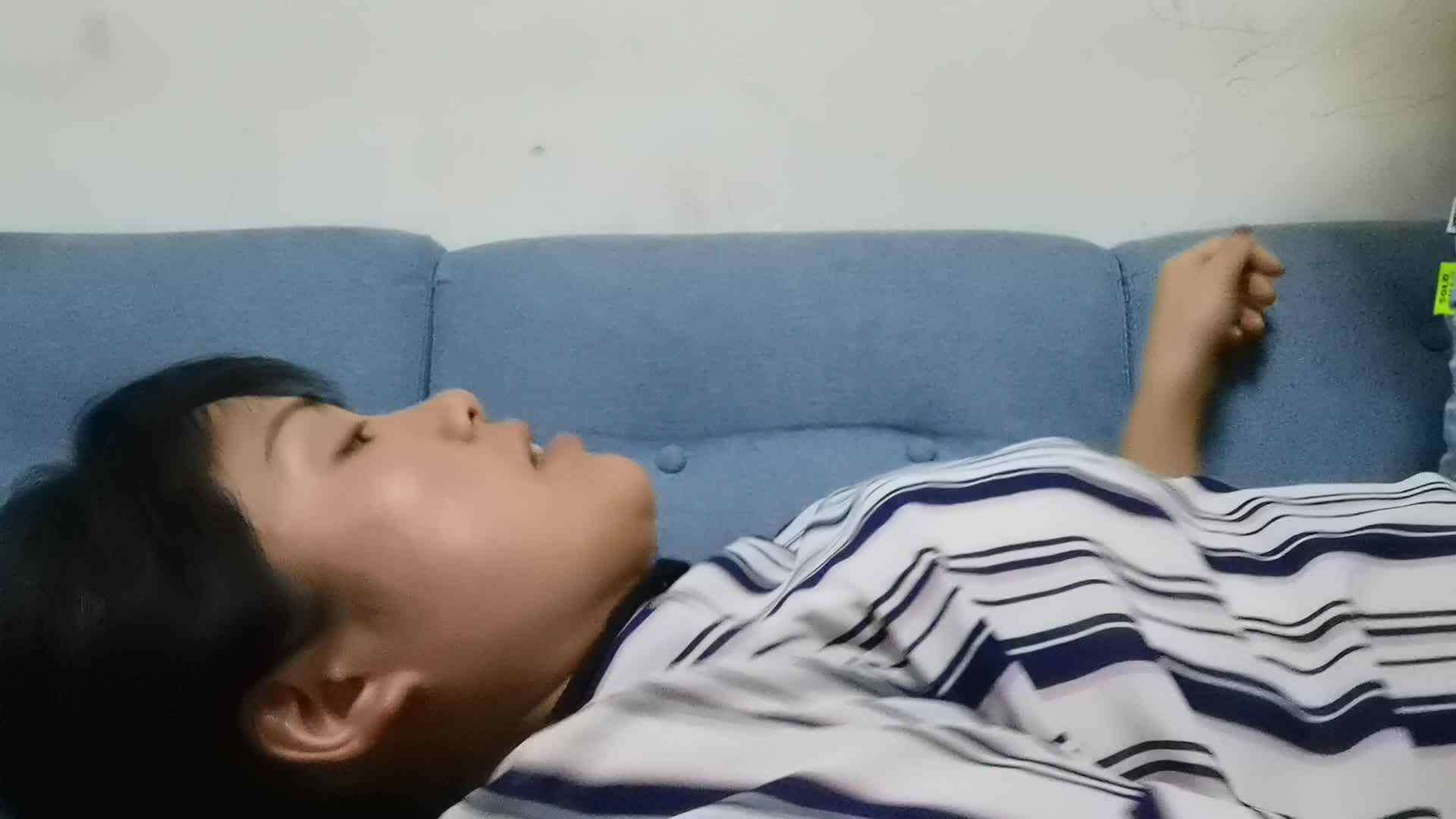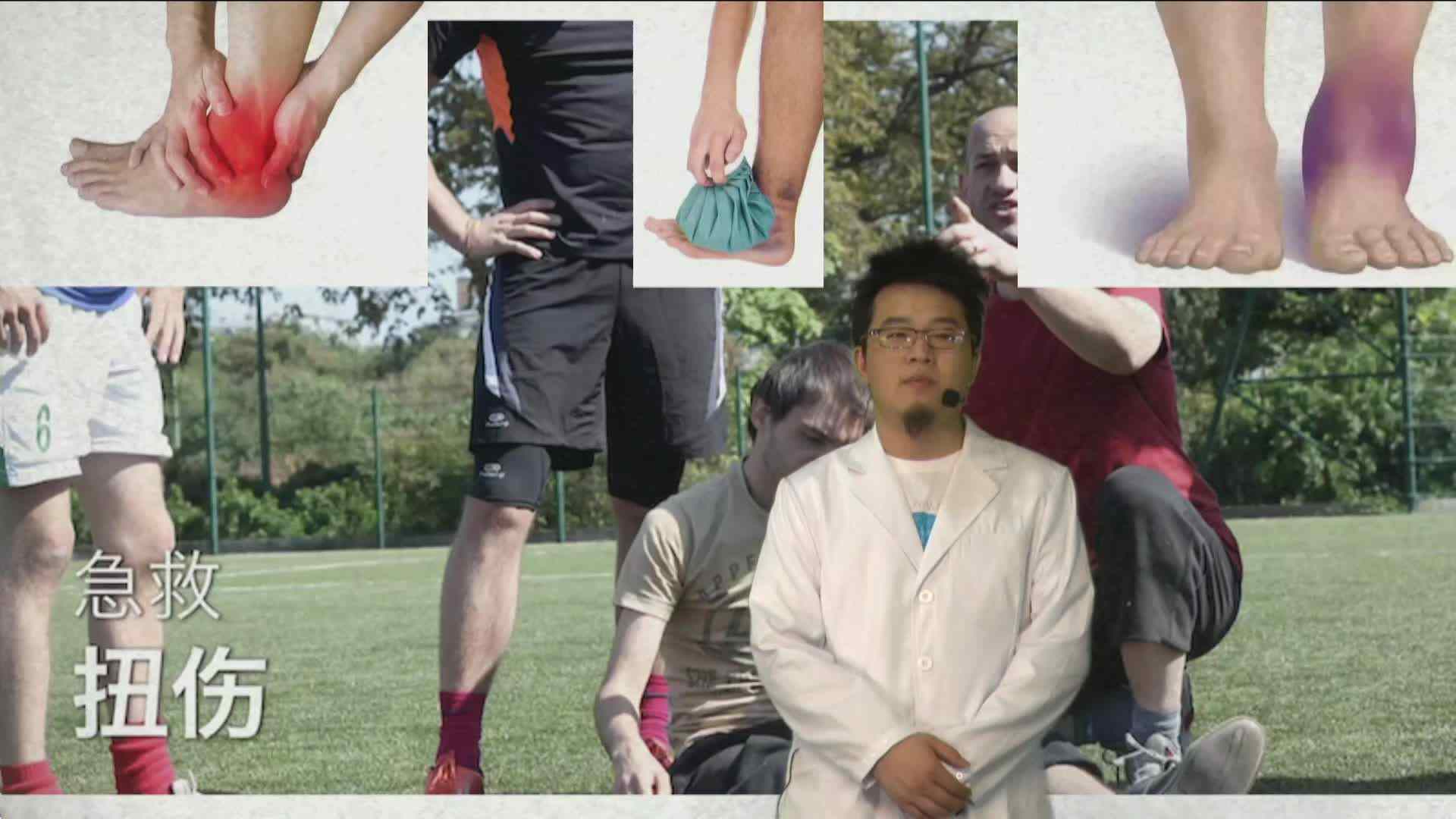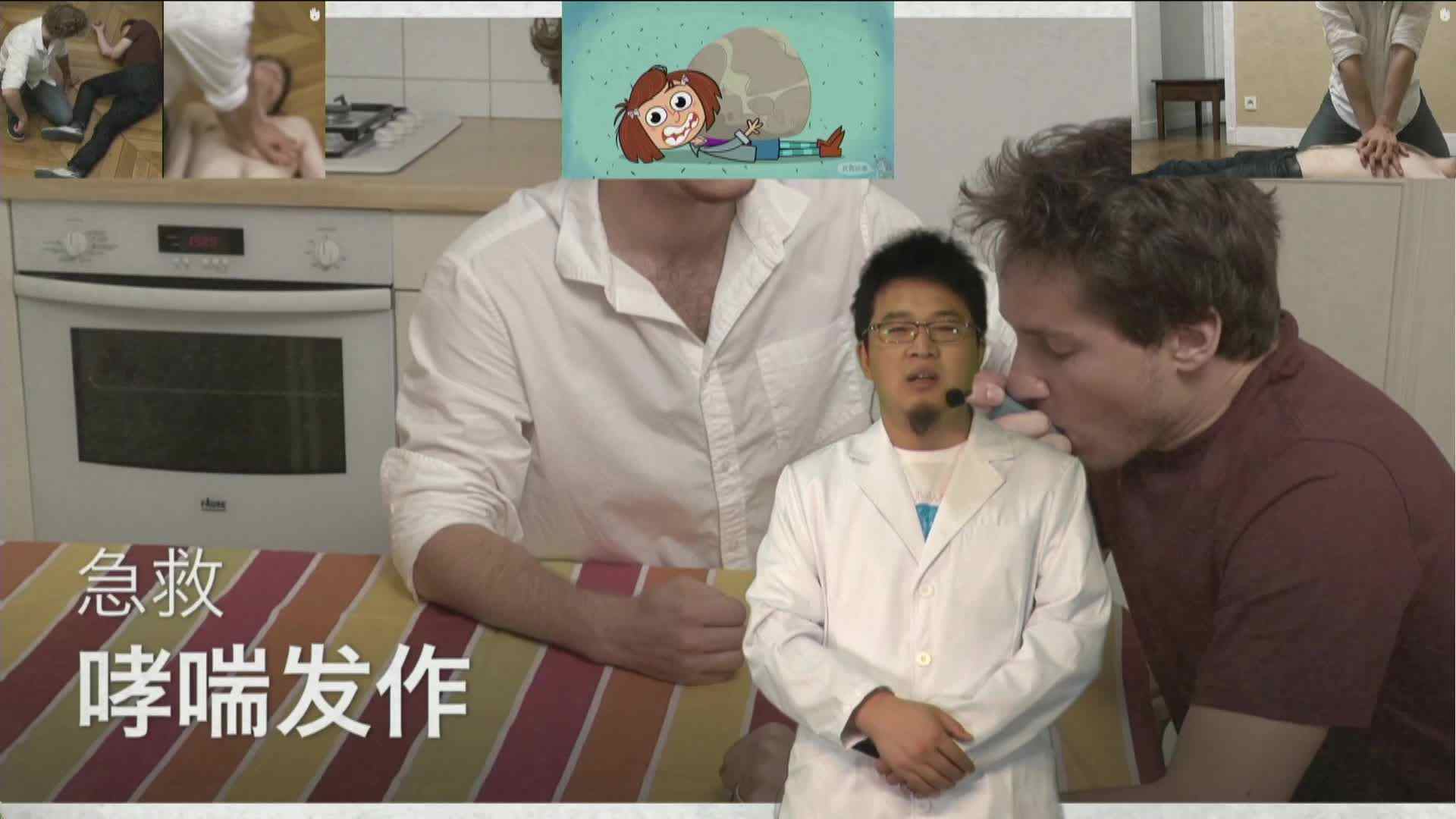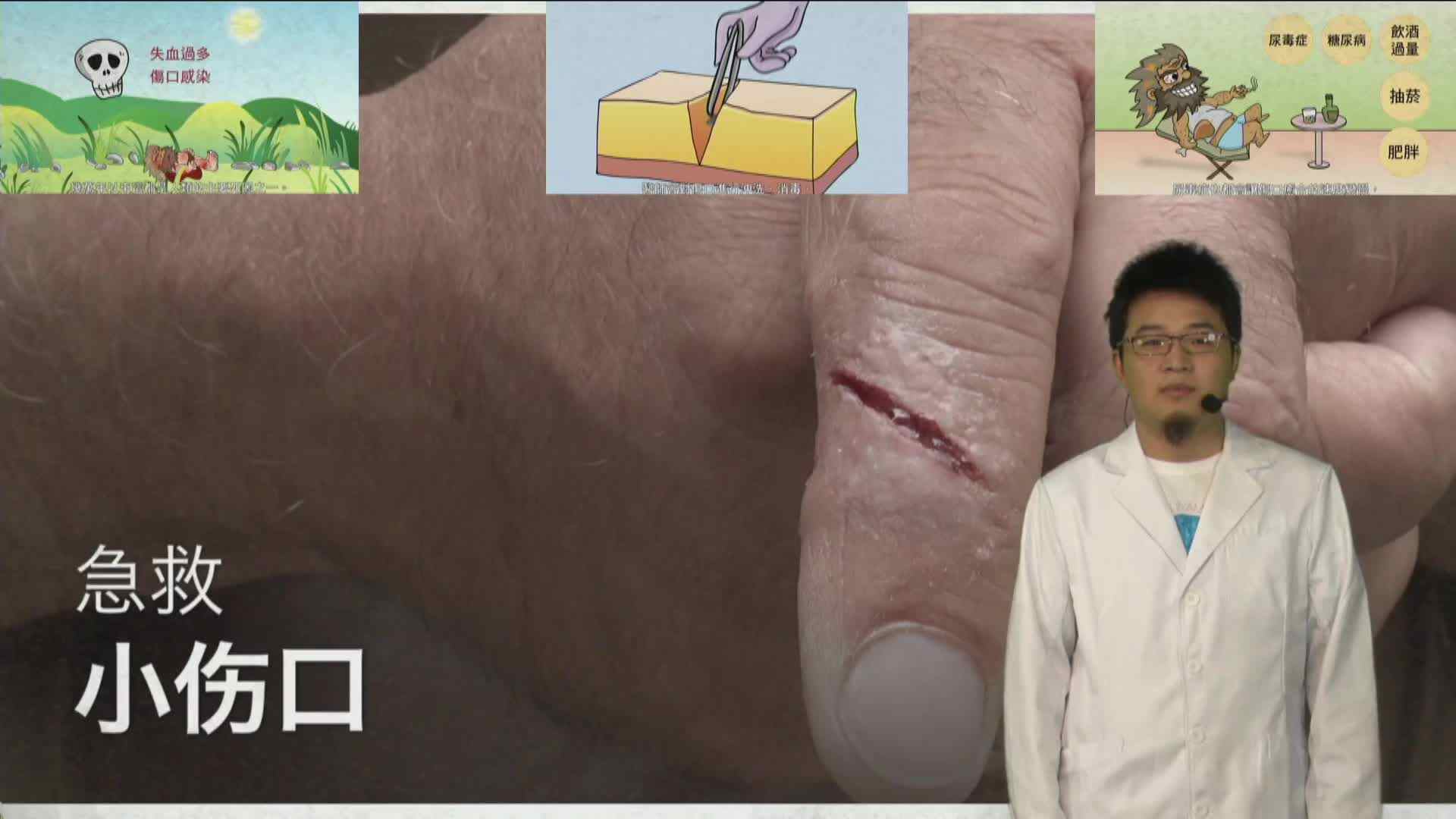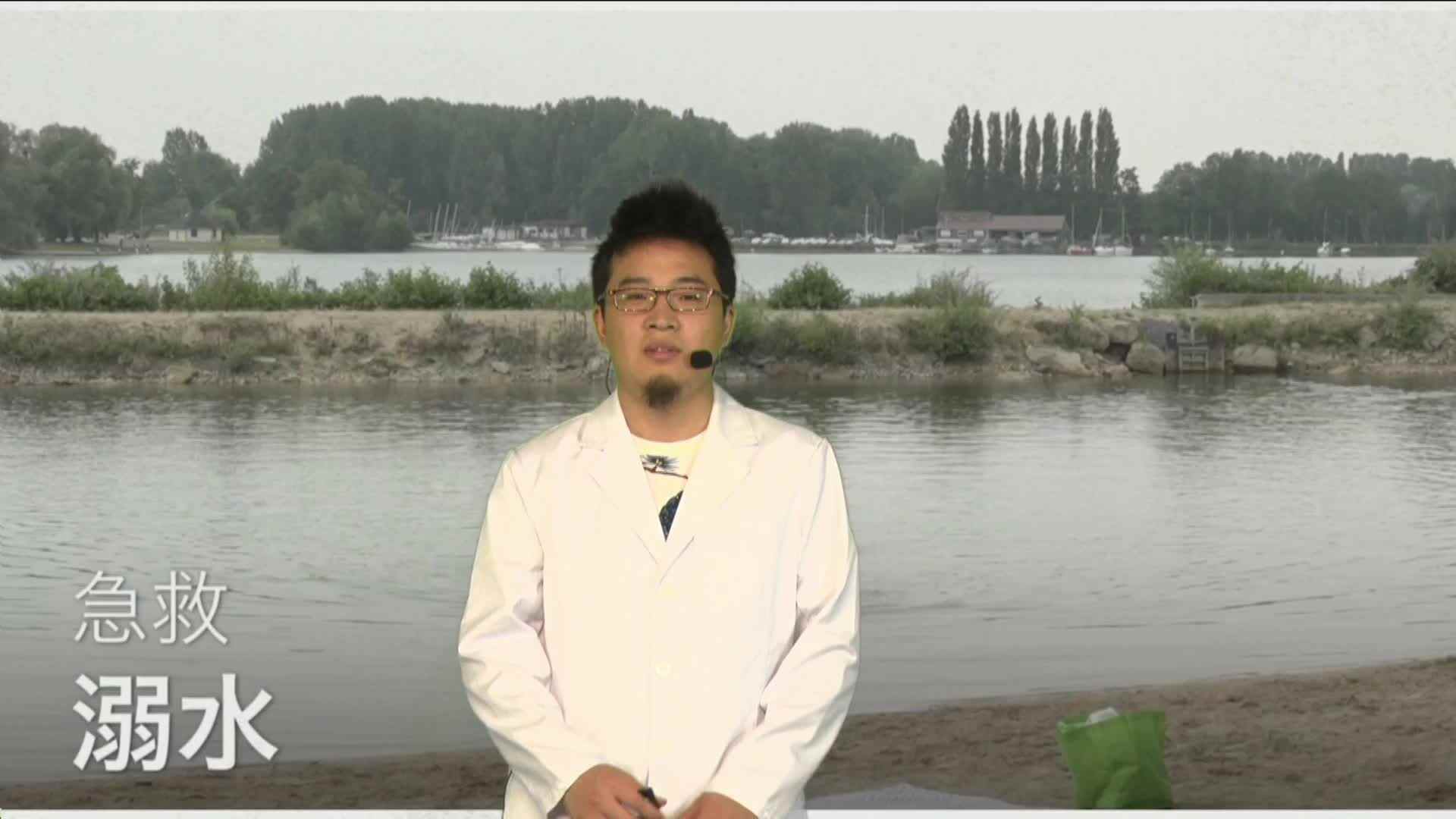
生存训练:婴儿心肺复苏
生存训练:婴儿心肺复苏 - CPR
字幕:Noise yeah yeah noise. like all scenarios, we have to ensure that the scene is safe. Before we begin rescue, or else we could become a victim to. In this scenario, you can see that the baby is probably actually got themselves into a bad situation because they bit accord that was frayed and may have been electrocuted. So before we ever touch this baby, we've got to make sure that we de energize the source of the electrocution. In this case, I follow with my eyes the cord right back to its source of energy, and I carefully unplug it and ensure that there's no longer any chance of getting electrocuted.
是的,是的。像所有场景一样,我们必须确保场景安全。在我们开始营救之前,否则我们可能成为受害者。在这种情况下,您可以看到婴儿可能实际上陷入了困境,因为他们咬住了被磨损并可能被电死的手风琴。因此,在触摸这个婴儿之前,我们必须确保我们断电触电的来源。在这种情况下,我会紧盯着电源线,重新找回电源,并仔细拔下电源插头,确保不再有触电的机会。
It's at this time, if there are bystanders, it wouldn't be bad to call 911, or have somebody go call 911 while we then grab the baby and bring them to a place where there's a hard surface, so that we begin rescue carefully, roll the baby, bring them to a hard surface. Now, let's take a look at infant cpr. But before we get into the actual skills, let's talk about a few important parts. One of those is make sure that the surface that you lay the baby on is hard, and it will not allow the body of the baby to sink into padding.
在这个时候,如果有旁观者,拨打911或有人打电话给911并不错,然后我们抓住婴儿并将他们带到有坚硬表面的地方,这样我们就可以开始认真地营救,滚动婴儿,将其置于坚硬的表面。现在,让我们看一下婴儿心肺复苏术。但是在开始学习实际技能之前,让我们先谈一些重要的部分。其中之一是确保放置婴儿的表面坚硬,并且不会让婴儿的身体陷入填充物中。
That's part of the reason why I'm not on the floor on a carpeted padded surface. We wanna make sure that every compression I give is maximal. We want to make sure that it is actually doing what it's supposed to do, and that the baby's body is not sinking into that surface, diminishing the effect of the compression. Number two, when it comes to infants and children, they're so respiratory driven there. So oxygen driven that we wanna make sure to make a note whether or not they went into cardiac arrest in our presence or whether we found them already in cardiac arrest.
这就是为什么我不在地板上的地毯上的原因之一。我们要确保我进行的每次压缩都是最大的。我们要确保它确实在按预期的方式运行,并且婴儿的身体不会沉入该表面,从而减少了压缩的影响。第二,就婴幼儿而言,那里的呼吸是如此驱动。因此,氧气驱动着我们想确保记下它们是否在我们的存在下进入心脏骤停状态,或者我们是否已发现它们已经在心脏骤停状态。
Because if we found them in cardiac arrest and we don't know how long they've been down, we know they need oxygenation really bad. So we're gonna actually postpone contacting 911 or EMS to give them cpr. When we don't have a phone readily available. If we have a phone available, or we have somebody who can go call 91, then by all means don't delay EMS. But if you don't have a way to call 911, and we found the baby already in cardiac arrest, we're gonna deliver two minutes of cpr before we interrupt to go call 911.
因为如果发现它们处于心脏骤停状态,并且不知道它们已经下降了多久,我们就知道它们需要补氧非常困难。因此,我们实际上将推迟联系911或EMS以便为其提供cpr。当我们没有可用的电话时。如果我们有电话可用,或者有人可以拨打91,那么请不要延迟EMS。但是,如果您没有办法拨打911,而我们发现婴儿已经处于心脏骤停状态,那么我们将在中断拨打911之前提供两分钟的cpr。
If the baby was witnessed, we call 911 immediately, and then go right into cpr. It's not wrong to carry the baby with you either. So if you found the baby downstairs and you have to bring them up to meet the ambulance, you could carry the baby with you and get the 911 call made, and then begin your cpr right away. In this case, the scene is safe, our gloves are on, our cpr shield is available, and I actually do have a cell phone that's available.
如果见证了婴儿,我们会立即拨打911,然后直接进入cpr。抱着婴儿也没错。因此,如果您在楼下发现婴儿,并且必须将其抬起来以满足救护车的需要,您可以随身携带婴儿并拨打911电话,然后立即开始进行cpr。在这种情况下,场景是安全的,我们戴着手套,有cpr防护罩,实际上我确实有可用的手机。
So I'm gonna call 911, because the baby is not responding. I've already tapped their feet. I've already tapped their chest. They didn't move, they didn't cry. They didn't talk, they didn't moved to my tickling and they certainly are not breathing normally. So I know this is a medical emergency. So I called 911. I actually put the phone on the speaker so that the dispatch center can Coach me through this event. I'm not alone anymore. I have help. Now I'm going to bear the chest of the baby.
所以我要打911,因为婴儿没有反应。我已经拍了拍他们的脚。我已经拍了他们的胸。他们没有动,没有哭。他们没有说话,没有搬到我的胳肢窝里,而且他们的呼吸肯定不正常。所以我知道这是紧急医疗情况。所以我打了911。我实际上将电话放在扬声器上,以便调度中心可以指导我完成此事件。我不再孤单。我有帮助现在,我要承担婴儿的胸部。
And I'm gonna find the imaginary line between the nipple yps. I'm now gonna put my two fingers down on the center of the chest to begin my 1/3, the depth of the chest, or approximately 1.5 deep compression, add a rate between a hundred and 120 times per minute, one and two, and three, and four, and five, and six, and seven, and eight, and nine, and 10, 12, 13, 14, 15, 16, 17, 18, 1920, 21, 22, 23, 24, 25, 26, 27, 28, 29, 30.
我会在乳头yps之间找到假想线。我现在要把两个手指放在胸部中央,以开始我的1/3(胸部的深度)或大约1.5的深压缩,将速度增加一分钟,每分钟一百至120次,以及3和4,以及5和6,以及7和8,以及9和10、12、13、14、15、16、17、18、1920、21、22、23、24、25 ,26、27、28、29、30。
Now I'm gonna take my cpr shield with a 1 way valve. I'm gonna cover the nose and mouth of the baby. Now watch as I do the head tilt, chin lift. I'm not bringing the head fully back like I would a large child or an adult, because a baby's airway is only the size of their pinky. So what we're doing is bringing the baby's head into more of a neutral position. Remember, infants don't really have much of a neck. So if their chin is too close to their chest, or their head is tilted back too far, both can actually diminish the openness of their airway.
现在,我将使用单向阀带上我的cpr防护罩。我要掩盖婴儿的鼻子和嘴巴。现在观察我的头部是否倾斜,下巴抬起。我不会像大孩子或成人那样将头部完全向后移,因为婴儿的呼吸道只有小指的大小。因此,我们正在做的是使婴儿的头部更加处于中立位置。请记住,婴儿并没有太大的脖子。因此,如果他们的下巴太靠近他们的胸部,或者他们的头向后倾斜太远,那么两者实际上都会减少其气道的开放度。
So I want them in more of a neutral position. Now there's another little way to remember that. And I call it this sniffing position. Now what do I by sniffing position? What I mean is if you walked into a room and someone were baking cookies, you wouldn't really put your nose down. Like you're smelling a flower, you would maybe put it a slightly bit up into the air and someone's baking cookies. What's that smell? So that's what we mean by the sniffing position.
所以我希望他们处于中立立场。现在,还有另一种方式可以记住这一点。我称之为嗅探位置。现在我该如何嗅探位置?我的意思是,如果您走进一个房间,有人在烤饼干,您真的不会垂涎三尺。就像闻到一朵花一样,您可能会将它稍微向空中举起来,然后有人在烘烤饼干。那是什么味道?这就是我们所说的嗅探姿势。
It's not fully back, it's just slightly raised. So we bring the baby's head into the neutral position or slightly sniffing position. Now I'm gonna seal my mouth over the nose and mouth of the baby and deliver a rescue breath. As I deliver the breath, I see the chest rise and fall. I'm going to deliver my second breath. As I give my second breath, the air goes in again. Now I'm gonna reach pete, the chest compression, 30 chest compression yps between a rate of a hundred to 120 times a minute.
还没完全回来,只是稍微抬高了。因此,我们将婴儿的头部置于中立位置或略微嗅探的位置。现在,我将用嘴密封婴儿的鼻子和嘴巴,并进行急救呼吸。呼吸时,我看到胸部上升和下降。我要再次呼吸。当我第二次呼吸时,空气再次进入。现在,我要达到皮特的状态,即胸部按压,以每分钟一百次至120次的速度进行30次胸部按压。
Then I'm gonna give them two more rescue breaths. And I'm gonna continue this cycle of 30. Chest compression is to two rescue breaths. Sand. I'm not going to stop until EMS arrives. An a e d arrives, or someone equally trained or higher relieves me from this skill.
然后我再给他们两次救援呼吸。我将继续这个30的循环。胸部按压是两次呼吸。砂。在EMS到达之前,我不会停止。到达后,或者经过同等培训或更高水平的人使我摆脱了这一技能。

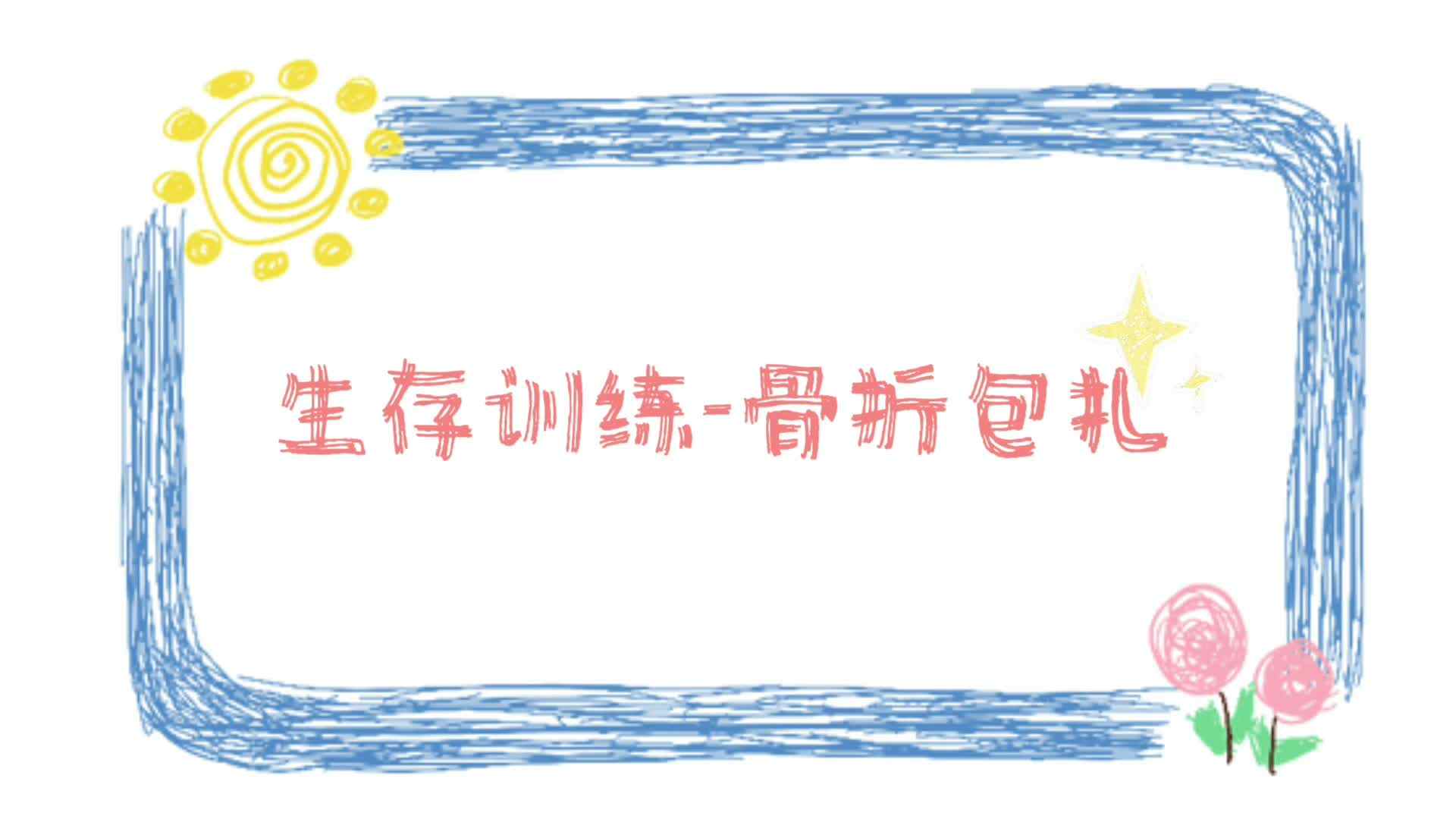
 陈陈老师
陈陈老师 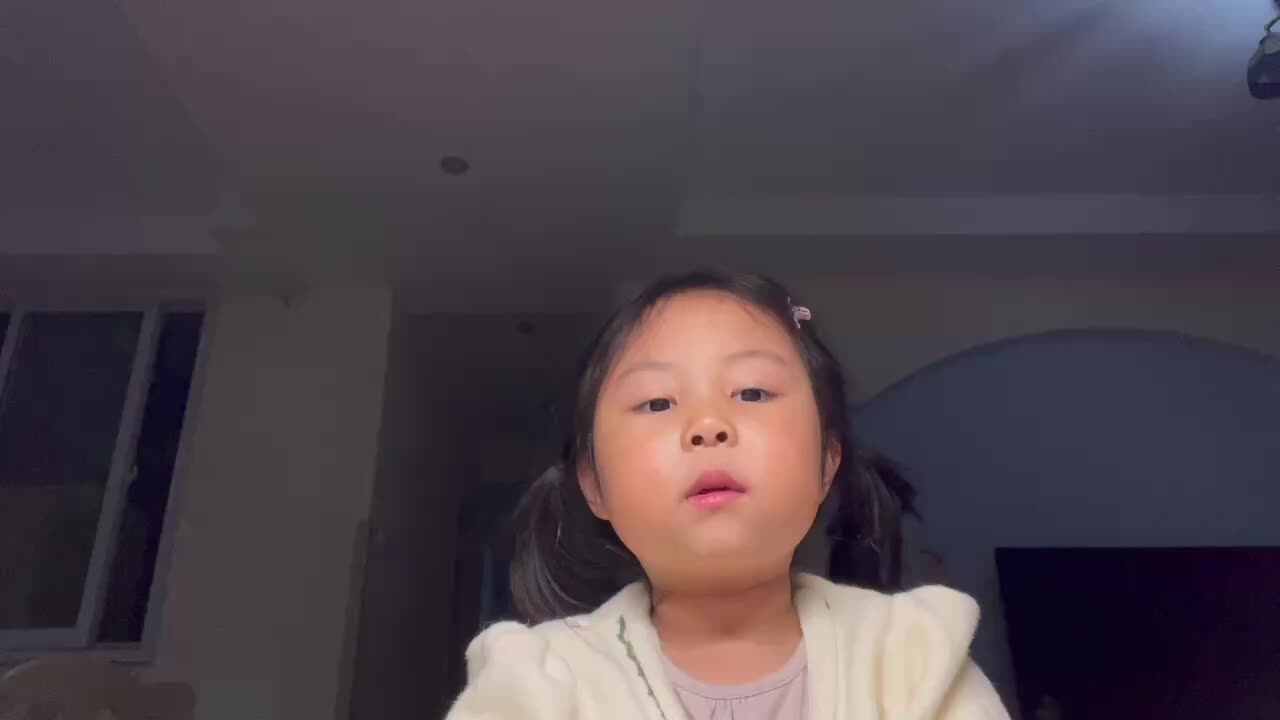
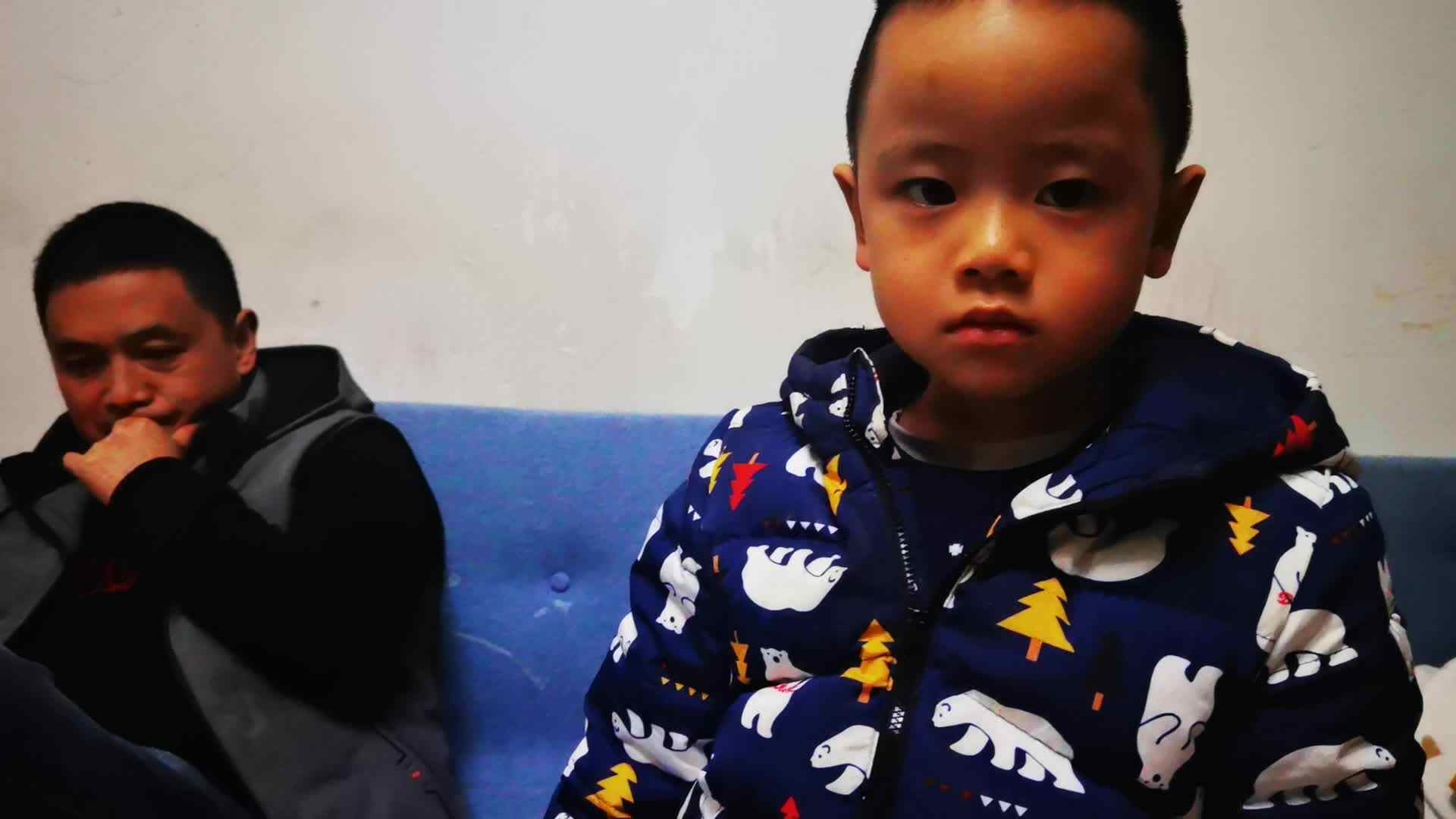
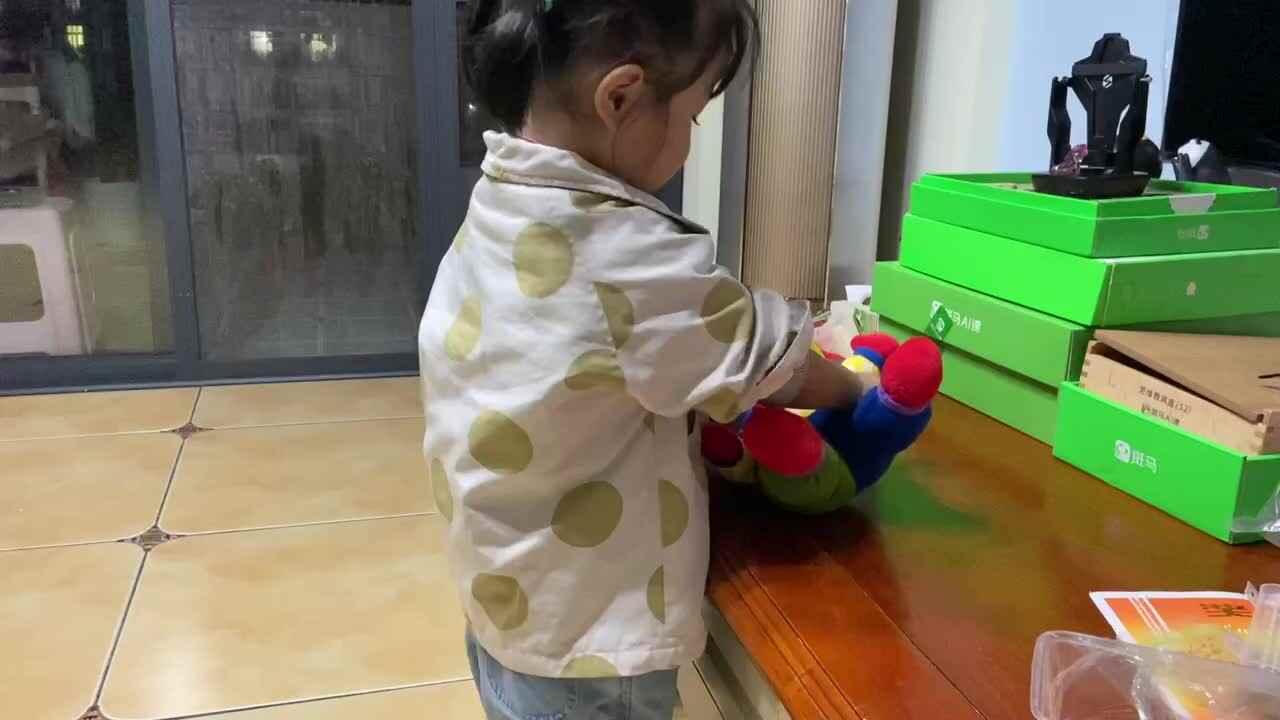

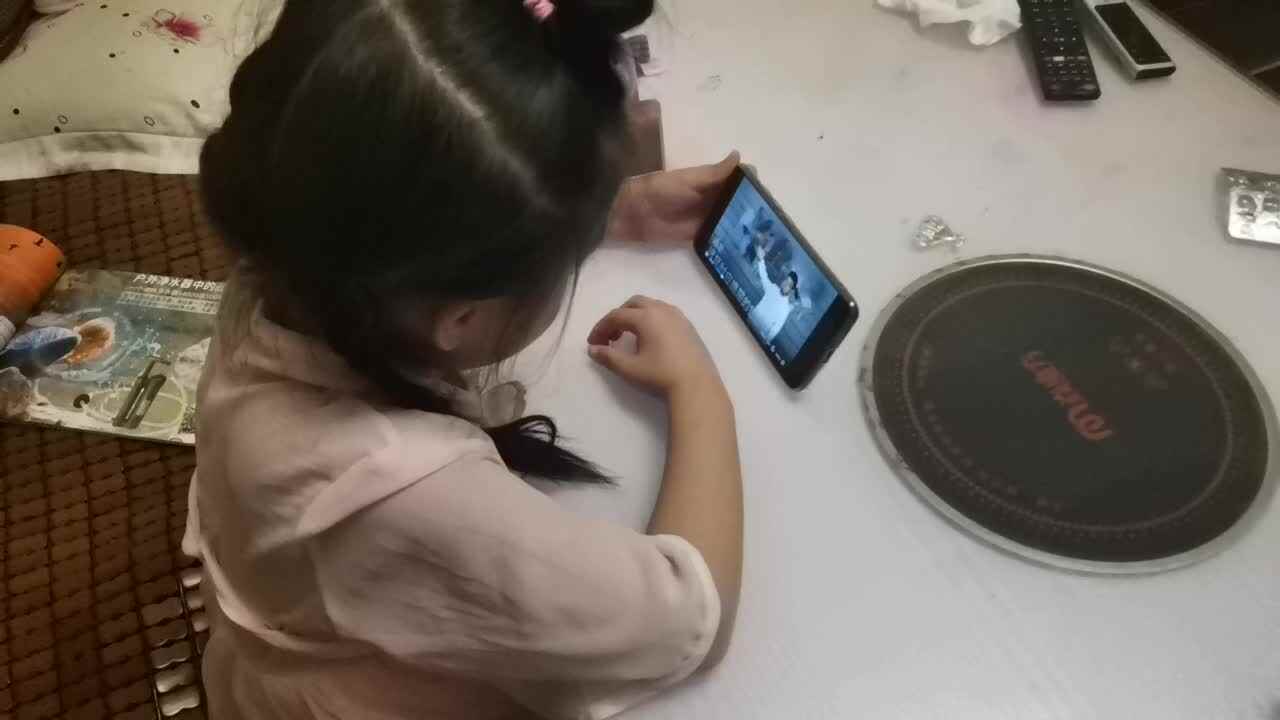
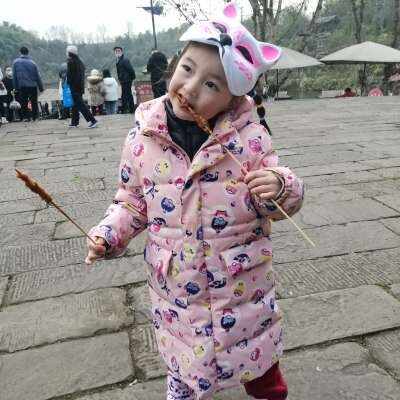 唐晗玥 唐
唐晗玥 唐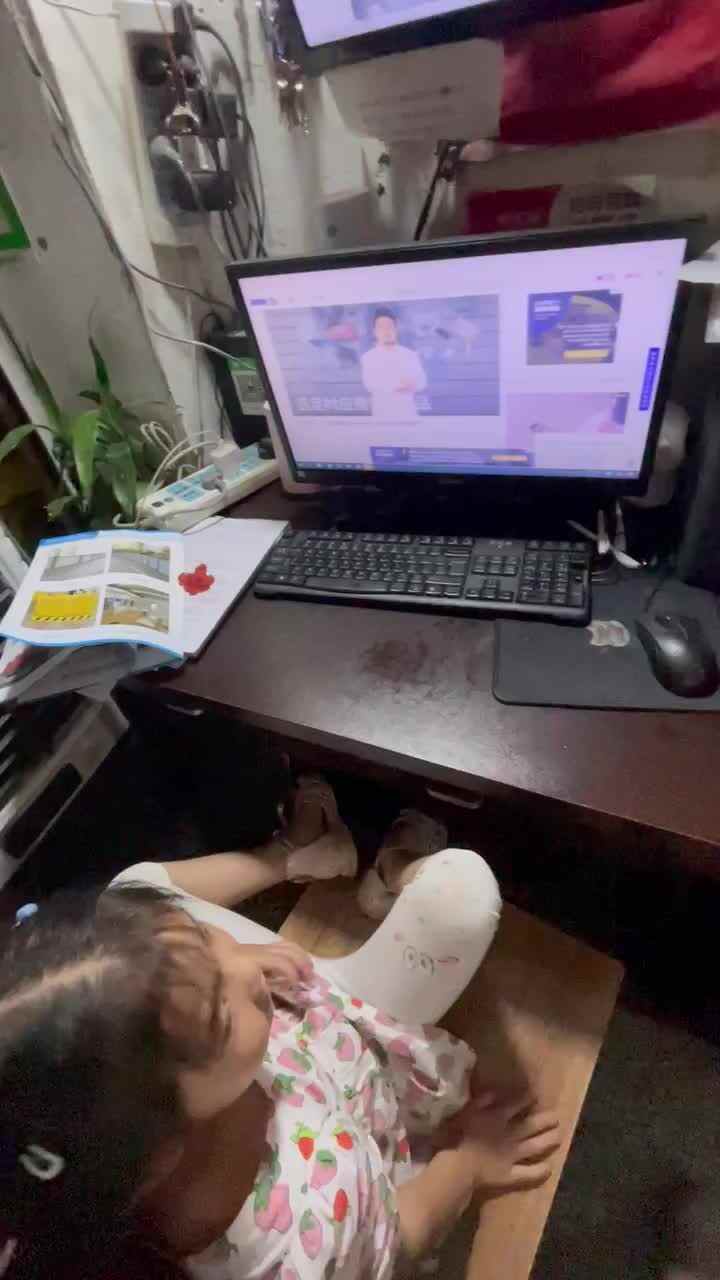
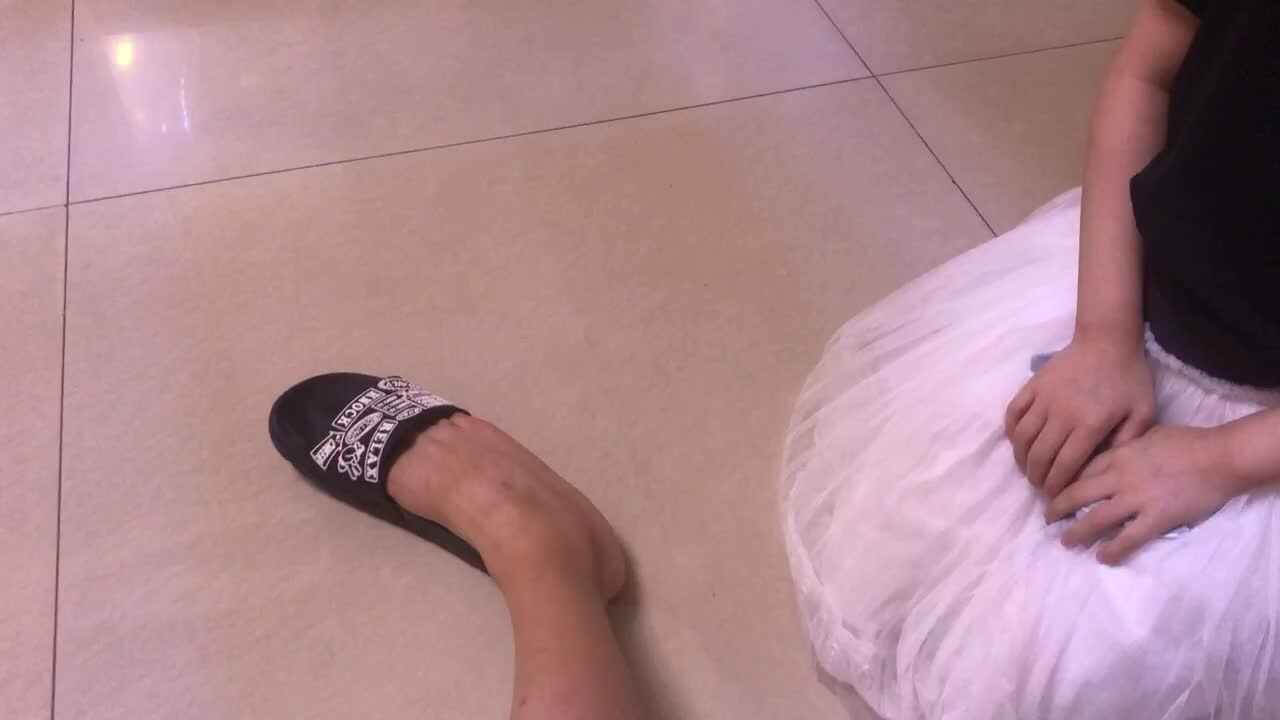
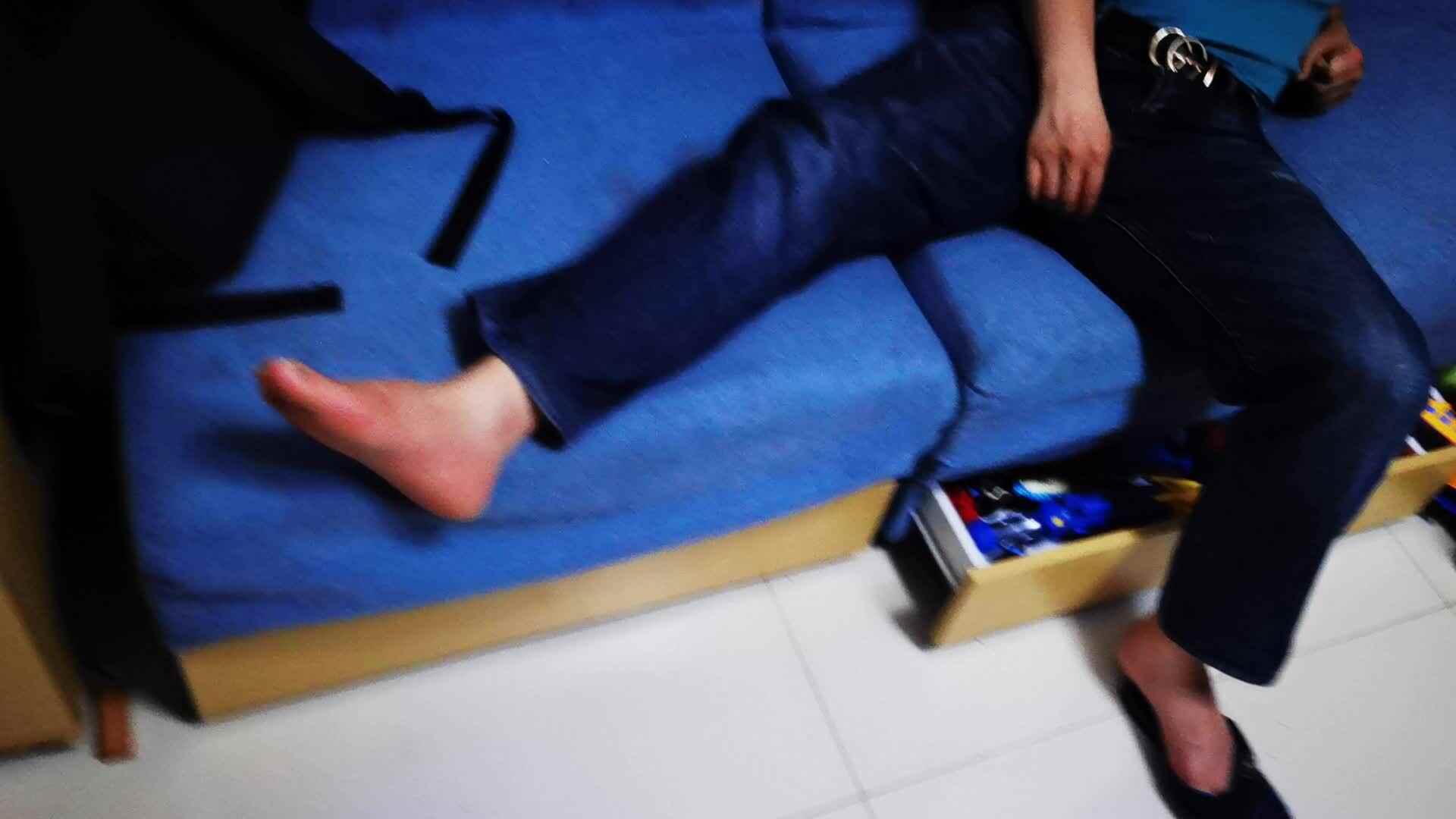
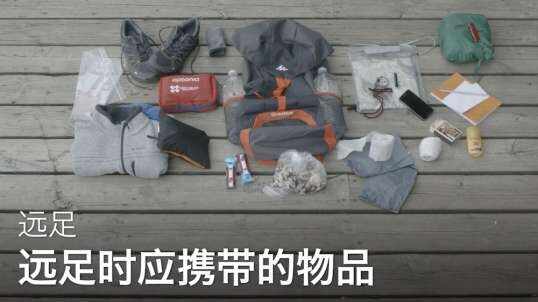
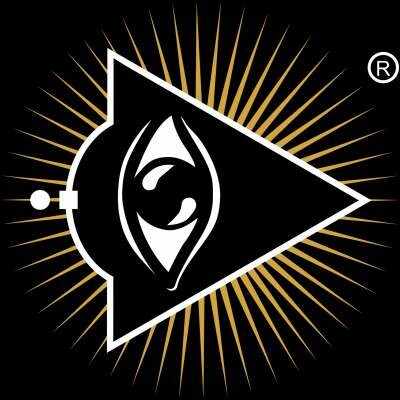 夺冠故事王官方账号
夺冠故事王官方账号 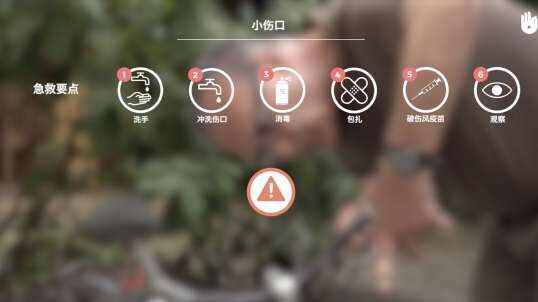
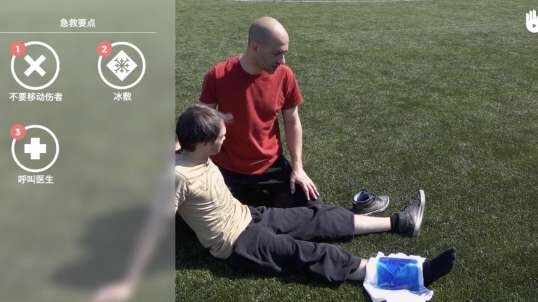
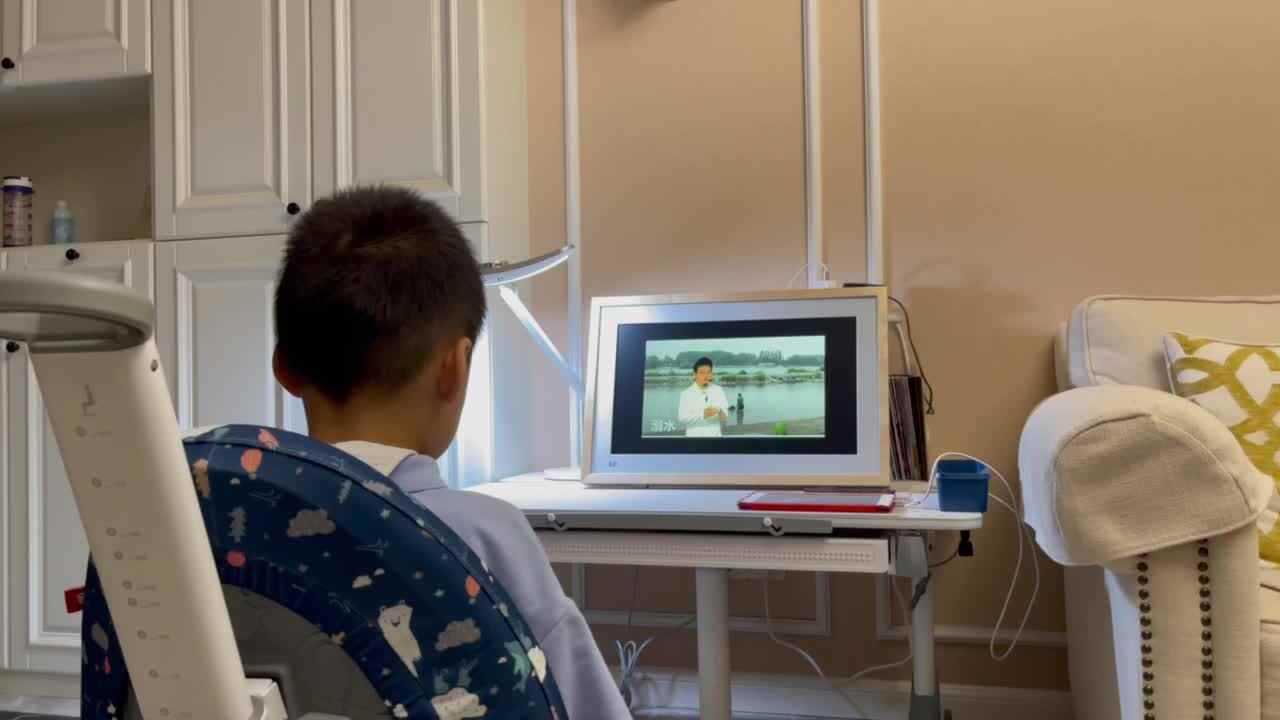
 12 何昀书
12 何昀书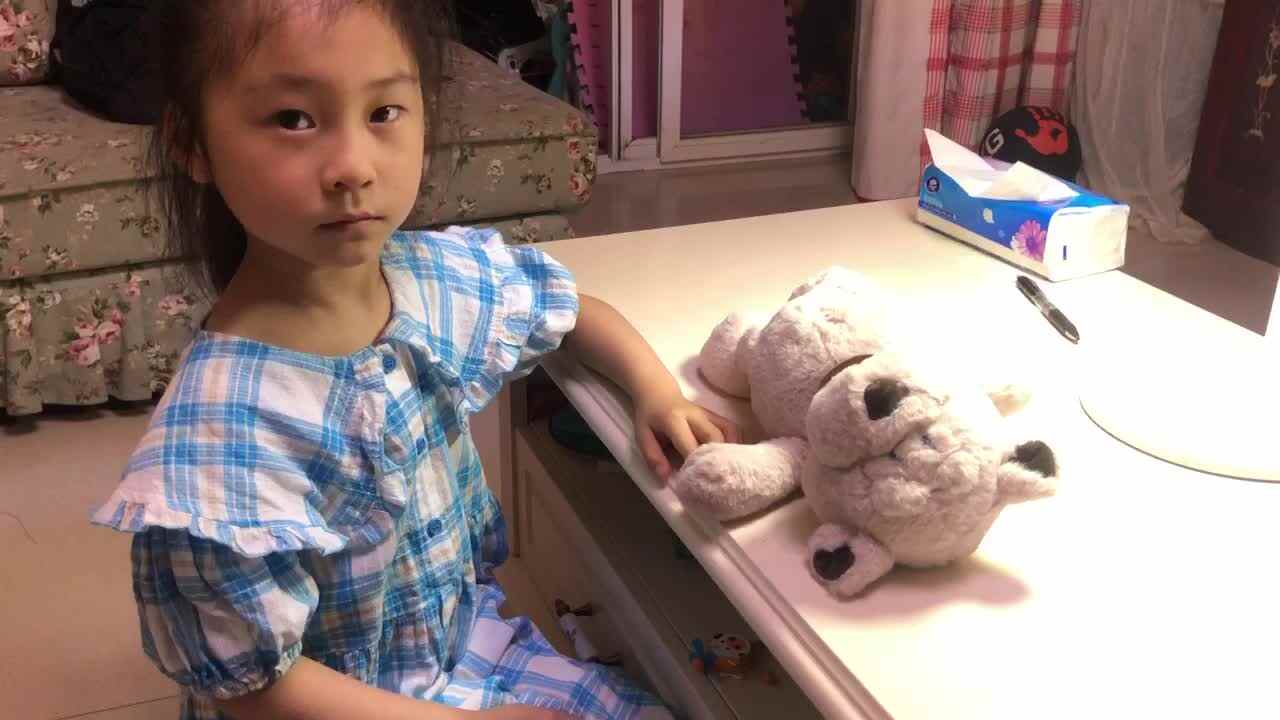
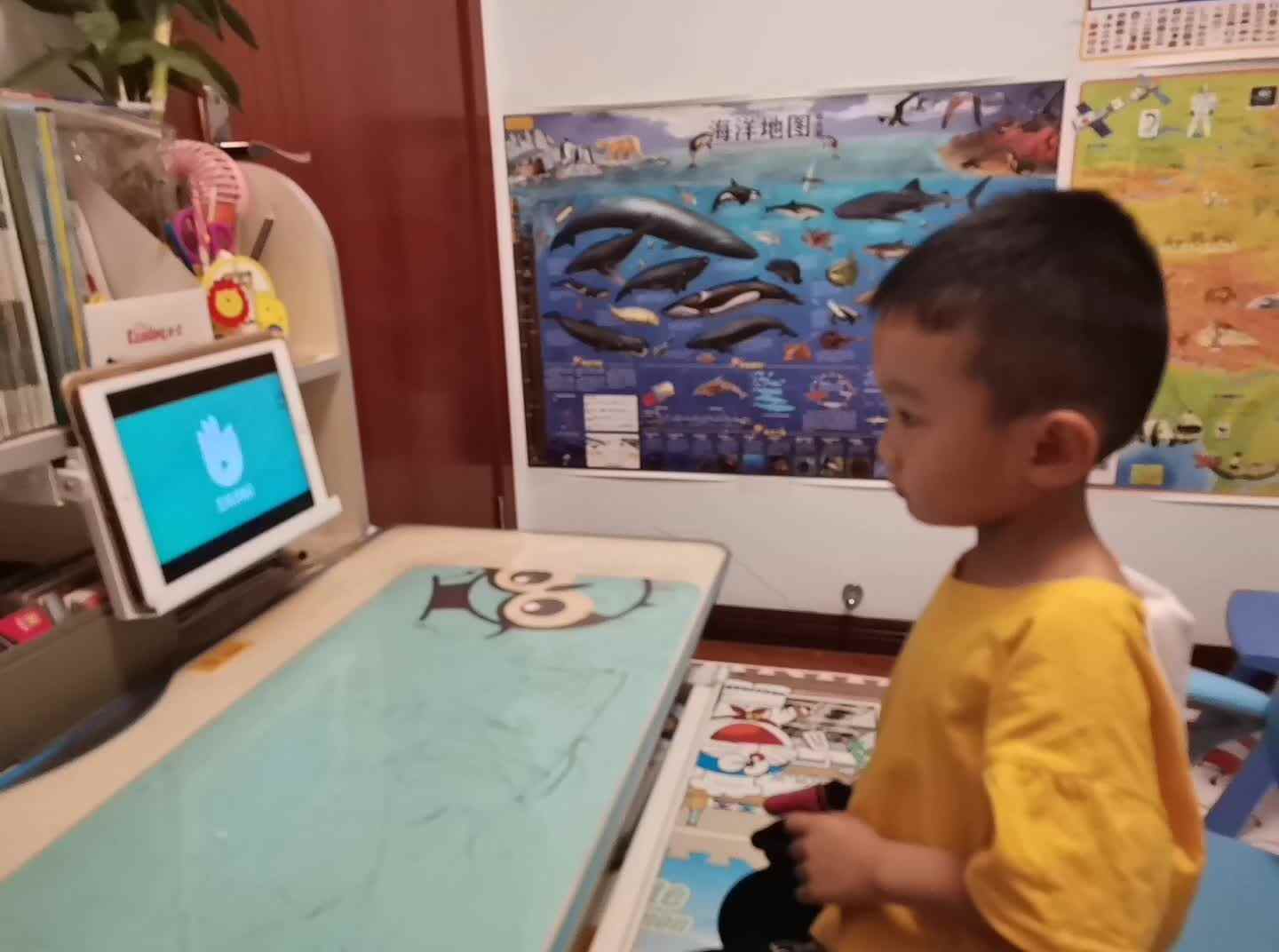
 2023级实验3班2号朱昱华
2023级实验3班2号朱昱华 